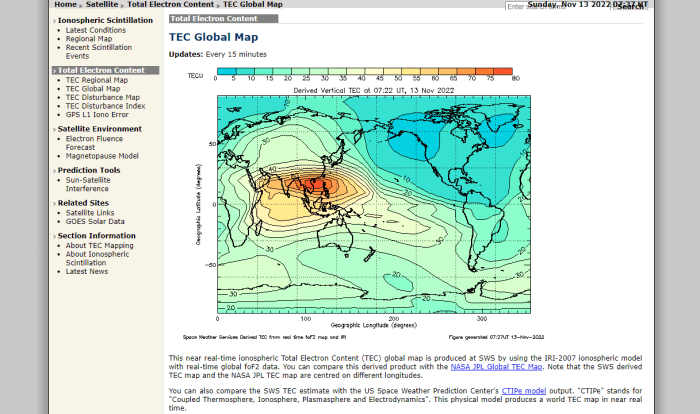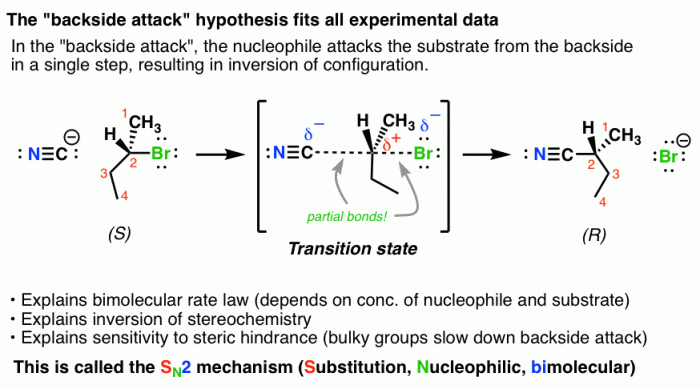Prepare to delve into the captivating world of hydrates, where molecules dance with water in a delicate embrace. Formula for a hydrate lab answers unveils the secrets behind these fascinating compounds, providing a roadmap to understanding their structure, properties, and applications.
Hydrates play a crucial role in various industries, from pharmaceuticals to food preservation. Their unique ability to absorb and release water makes them invaluable as desiccants and refrigerants. Join us on this scientific adventure as we explore the intricacies of hydrates, unlocking their potential and unraveling their mysteries.
Formula for a Hydrate
A hydrate is a compound that contains water molecules bound to a metal ion or other cation. The formula for a hydrate is written as:“`M x(H 2O) y“`where:* M is the metal ion or other cation
- x is the number of metal ions or cations
- y is the number of water molecules
The structure of a hydrate can be visualized as a metal ion or cation surrounded by water molecules. The water molecules are held in place by electrostatic forces between the metal ion or cation and the oxygen atoms of the water molecules.
Relationship Between the Anhydrous Salt and Water Molecules in a Hydrate
An anhydrous salt is a salt that does not contain any water molecules. When an anhydrous salt is dissolved in water, the water molecules will surround the metal ion or cation and form a hydrate. The number of water molecules that are bound to the metal ion or cation will depend on the size and charge of the metal ion or cation.The
formation of a hydrate is a exothermic process, which means that heat is released when a hydrate is formed. The amount of heat that is released will depend on the number of water molecules that are bound to the metal ion or cation.
Methods for Determining the Formula of a Hydrate
Determining the formula of a hydrate involves identifying the ratio of water molecules to the anhydrous compound. Two common methods used for this purpose are the gravimetric method and thermal gravimetric analysis (TGA).
Gravimetric Method
The gravimetric method is a simple and straightforward technique that involves measuring the mass of the hydrate before and after heating to remove the water content. The difference in mass represents the amount of water lost, which can then be used to calculate the formula of the hydrate.
- Weigh a known mass of the hydrate.
- Heat the hydrate at a temperature sufficient to remove all the water content.
- Allow the anhydrous compound to cool and weigh it.
- Calculate the mass of water lost by subtracting the mass of the anhydrous compound from the initial mass of the hydrate.
- Determine the mole ratio of water to the anhydrous compound using the molar masses of water and the anhydrous compound.
Thermal Gravimetric Analysis (TGA)
Thermal gravimetric analysis (TGA) is a more sophisticated technique that measures the mass of a sample as it is heated or cooled at a controlled rate. The resulting thermogram shows the change in mass as a function of temperature, which can be used to identify the temperature at which the water content is lost.
- Place a known mass of the hydrate in a TGA sample pan.
- Heat the sample at a constant rate under an inert atmosphere.
- Record the mass of the sample as a function of temperature.
- Identify the temperature at which the water content is lost by observing a sharp decrease in the mass of the sample.
- Calculate the mass of water lost and determine the mole ratio of water to the anhydrous compound.
Applications of Hydrates
Hydrates have various applications in different industries. They are commonly used as desiccants and refrigerants due to their ability to absorb and release water.
Desiccants
Desiccants are substances that remove moisture from the air or other substances. Hydrates are effective desiccants because they can absorb a large amount of water without dissolving. This property makes them useful for drying gases, liquids, and solids. For example, silica gel, a common desiccant, is a hydrate of silicon dioxide.
It is used to protect electronic equipment, food, and pharmaceuticals from moisture damage.
Refrigerants
Refrigerants are substances that absorb heat from a cold source and release it to a hot source. Hydrates are used as refrigerants because they have a high latent heat of fusion. This means that they can absorb a large amount of heat when they melt and release a large amount of heat when they freeze.
This property makes them efficient refrigerants. For example, calcium chloride hexahydrate is used as a refrigerant in air conditioners and refrigerators.
Examples of Hydrates
Hydrates are compounds that contain water molecules bound to the central metal ion in a specific ratio. They are found in a variety of applications, from everyday household items to industrial processes.
Here are some common examples of hydrates and their formulas:
Copper Sulfate Pentahydrate, Formula for a hydrate lab answers
- Chemical name: Copper sulfate pentahydrate
- Formula: CuSO 4·5H 2O
- Applications: Fungicide, wood preservative, blue dye
Sodium Carbonate Decahydrate
- Chemical name: Sodium carbonate decahydrate
- Formula: Na 2CO 3·10H 2O
- Applications: Water softener, cleaning agent, glass production
Gypsum
- Chemical name: Calcium sulfate dihydrate
- Formula: CaSO 4·2H 2O
- Applications: Building material (plaster, drywall), fertilizer
Epsom Salt
- Chemical name: Magnesium sulfate heptahydrate
- Formula: MgSO 4·7H 2O
- Applications: Bath salts, laxative, fertilizer
Procedures for Working with Hydrates
When working with hydrates, it is crucial to prioritize safety and adhere to established procedures to ensure a safe and productive laboratory environment.
The preparation and storage of hydrates require meticulous attention to detail. Proper handling techniques minimize potential hazards and maintain the integrity of the samples.
Safety Precautions
- Wear appropriate personal protective equipment (PPE), including gloves, safety goggles, and a lab coat, to prevent contact with potentially harmful chemicals.
- Handle hydrates with care, as some may be corrosive or toxic. Avoid direct skin contact and inhalation of vapors.
- Work in a well-ventilated area to minimize exposure to fumes or dust.
- Keep hydrates away from incompatible substances, such as strong acids or bases, to prevent hazardous reactions.
- Dispose of hydrates and related materials properly according to established safety protocols.
Preparation of Hydrates
- Dissolve a known mass of the anhydrous salt in a solvent, typically water.
- Slowly evaporate the solvent, allowing the hydrate crystals to form.
- Filter and collect the hydrate crystals, washing them with a small amount of cold solvent to remove impurities.
- Dry the hydrate crystals thoroughly to remove any remaining solvent.
Storage of Hydrates
- Store hydrates in airtight containers to prevent dehydration or absorption of moisture from the atmosphere.
- Keep hydrates away from direct sunlight and heat sources to maintain their stability.
- Label hydrate containers clearly with the name of the compound and the date of preparation.
Additional Information
Hydrates exhibit varying degrees of stability, influenced by several factors.
Temperature plays a crucial role; as temperature increases, the hydrate tends to decompose, releasing its water molecules. The stability of a hydrate is also affected by the relative humidity of the surrounding environment. Higher humidity favors hydrate formation and stability, while lower humidity promotes dehydration.
Techniques for Characterizing Hydrates
Various techniques are employed to characterize hydrates and determine their properties.
- X-ray Diffraction:This technique analyzes the crystal structure of a hydrate, providing information about the arrangement of water molecules within the crystal lattice.
- Infrared Spectroscopy:This technique examines the vibrational modes of water molecules in a hydrate, offering insights into the strength and nature of the water-solute interactions.
Common Queries: Formula For A Hydrate Lab Answers
What is the general formula for a hydrate?
A hydrate’s formula is typically written as: Anhydrous salt·xH2O, where ‘x’ represents the number of water molecules associated with each formula unit of the anhydrous salt.
How can we determine the formula of a hydrate?
Two common methods are used: gravimetric analysis, which involves measuring the mass of water lost upon heating the hydrate, and thermal gravimetric analysis (TGA), which measures the weight change as the hydrate is heated.
What are some applications of hydrates?
Hydrates are used as desiccants to absorb moisture from the air and as refrigerants to provide cooling effects. They also have applications in pharmaceuticals, food preservation, and other industries.


